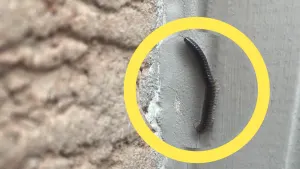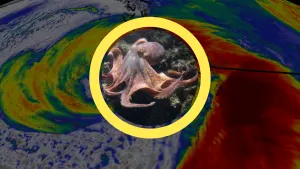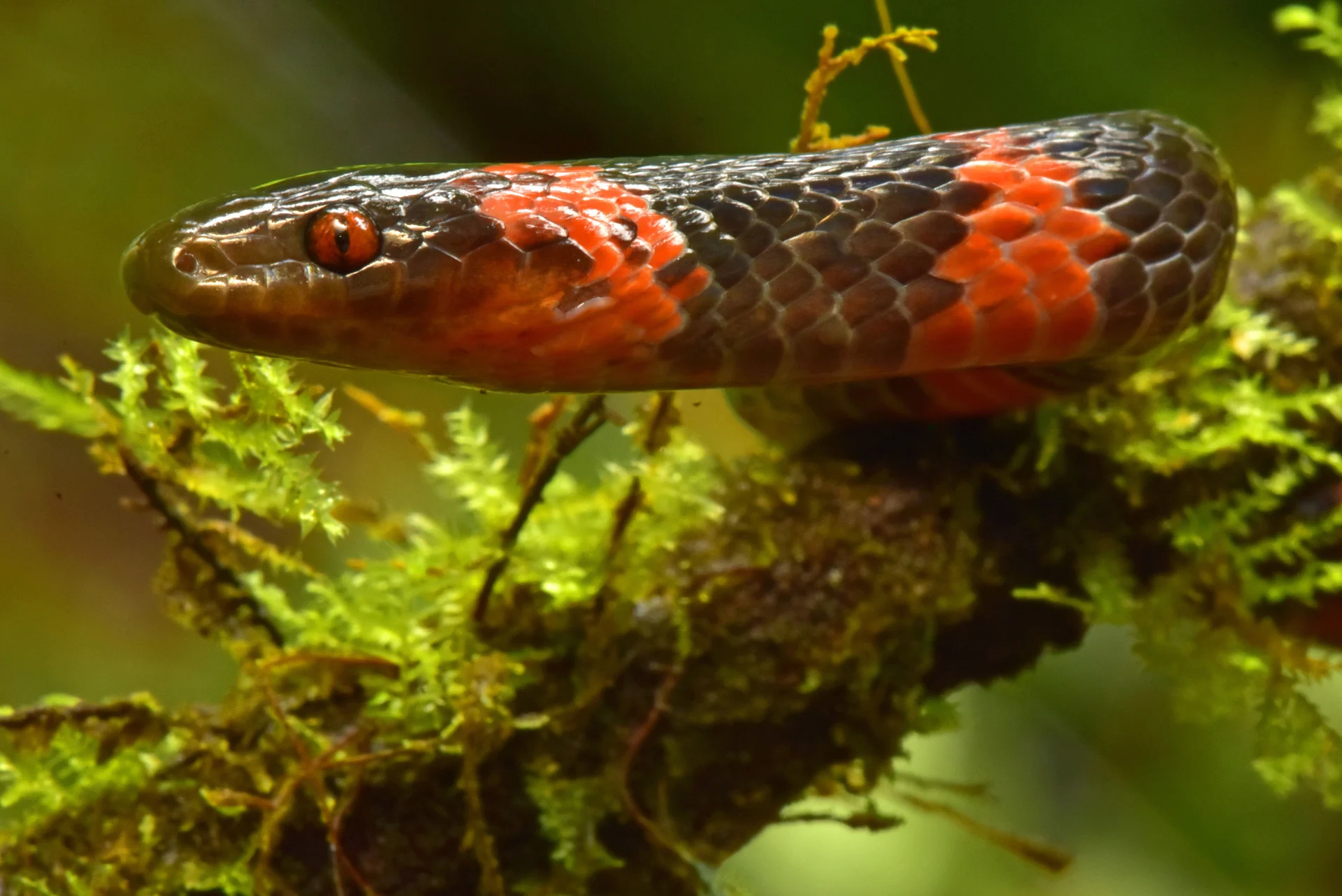
Cloud forest in Bolivian mountains reveals 20 species new to science
The researchers describe Bolivia’s cloud forest as a pristine environment that is “overflowing with biodiversity” and warn that climate change and overexploitation are serious threats.
A scientific expedition in Bolivia’s Zongo Valley has revealed 20 species that were previously unknown to science as well as several plant and animal species that have not been seen for decades or were thought to be extinct.
In 2017 a team of 17 international scientists affiliated with the non-profit environmental group Conservation International completed a 2-week expedition in the Zongo Valley, a mountainous region that is located near Bolivia’s capital, La Paz. After hiking four hours to the cloud forest, which sits at an elevation of approximately 3,000 metres, the team was able to identify a total of 1,204 species, with 770 being new to the Zongo Valley.
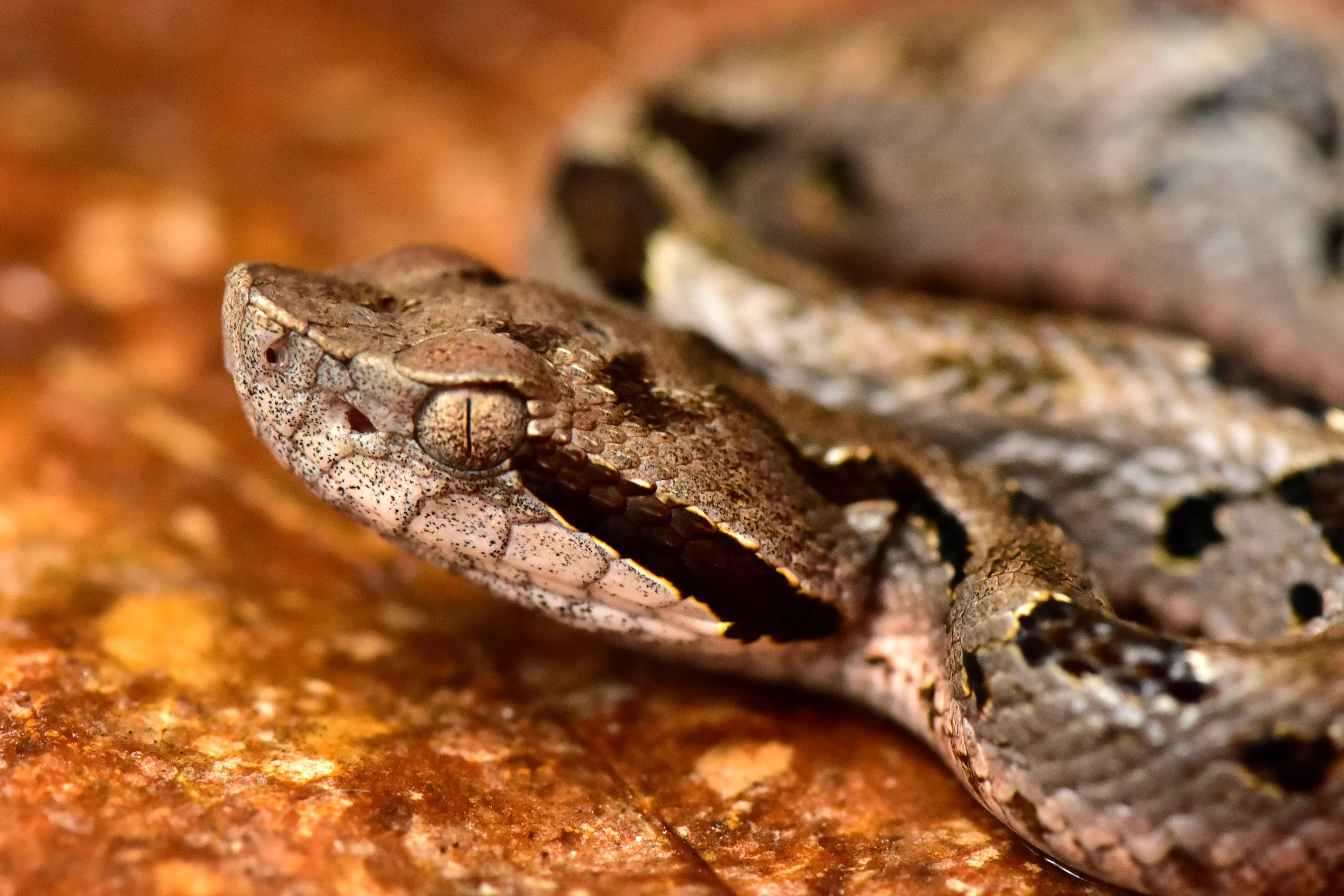
Pit Viper in striking mode. The 'mountain fer-de-lance' is a new species of pit viper that was discovered during the expedition. Credit: Trond Larsen
The newly discovered species include the “extremely venomous” mountain fer-de-lance viper, which has heat-sensing pits on its head to help detect prey, the "devil-eyed frog" that was thought to be extinct after going unseen for 20 years, and the lilliputian frog that is just one centimetre in length. The satyr butterfly had not been seen for 98 years, but scientists discovered it inside a trap that contained rotten fruit.
A montane cloud forest, also known as a cloud forest, is a tropical biome that is located on mountainous slopes and is oriented towards the ocean. Cloud forests have extremely wet climates at altitudes between 500 and 2500 m above sea level and are covered with clouds for most of the year. High levels of biodiversity and species that are only found in cloud forests make these biomes a high priority for conservation efforts, particularly because of their sensitivity to agriculture, urbanization, logging, and climate change.
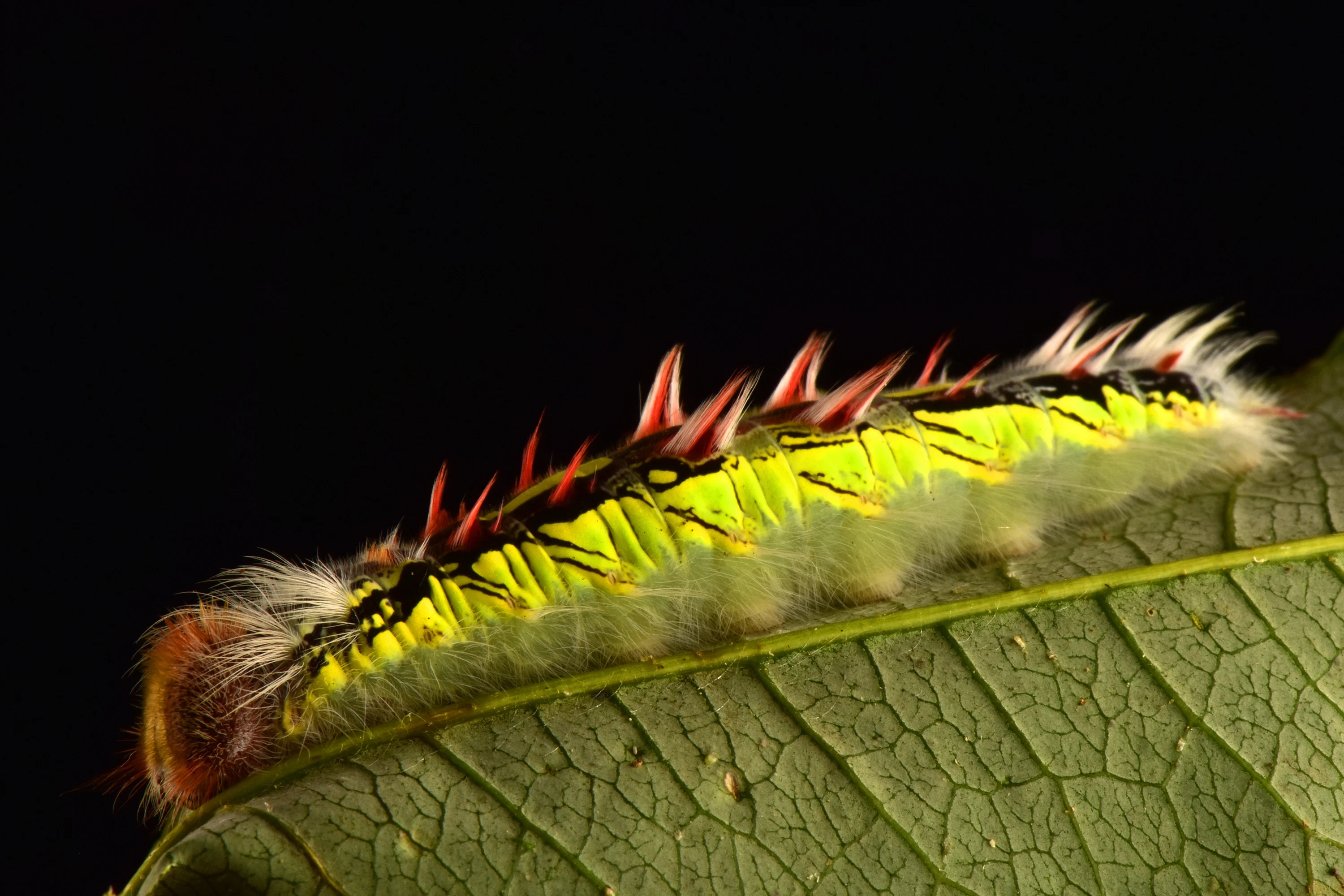
The caterpillar of a Morpho butterfly, which feeds on bamboo in the Zongo Valley’s cloud forest. The bright blue coloration of Morpho butterflies make them highly sought after by collectors. Credit: Trond Larsen
La Paz, which is home to nearly two million people and is the third most populated city in the country, borders the rugged mountains that are home to the Zongo Valley’s cloud forest. “One of the things that surprised me the most was how close the valley is to La Paz, one of Bolivia’s largest cities. Imagine a bustling urban center filled with people just 50 kilometres away from an untouched valley overflowing with biodiversity,” researcher Trond Larsen stated in a report from Conservation International.
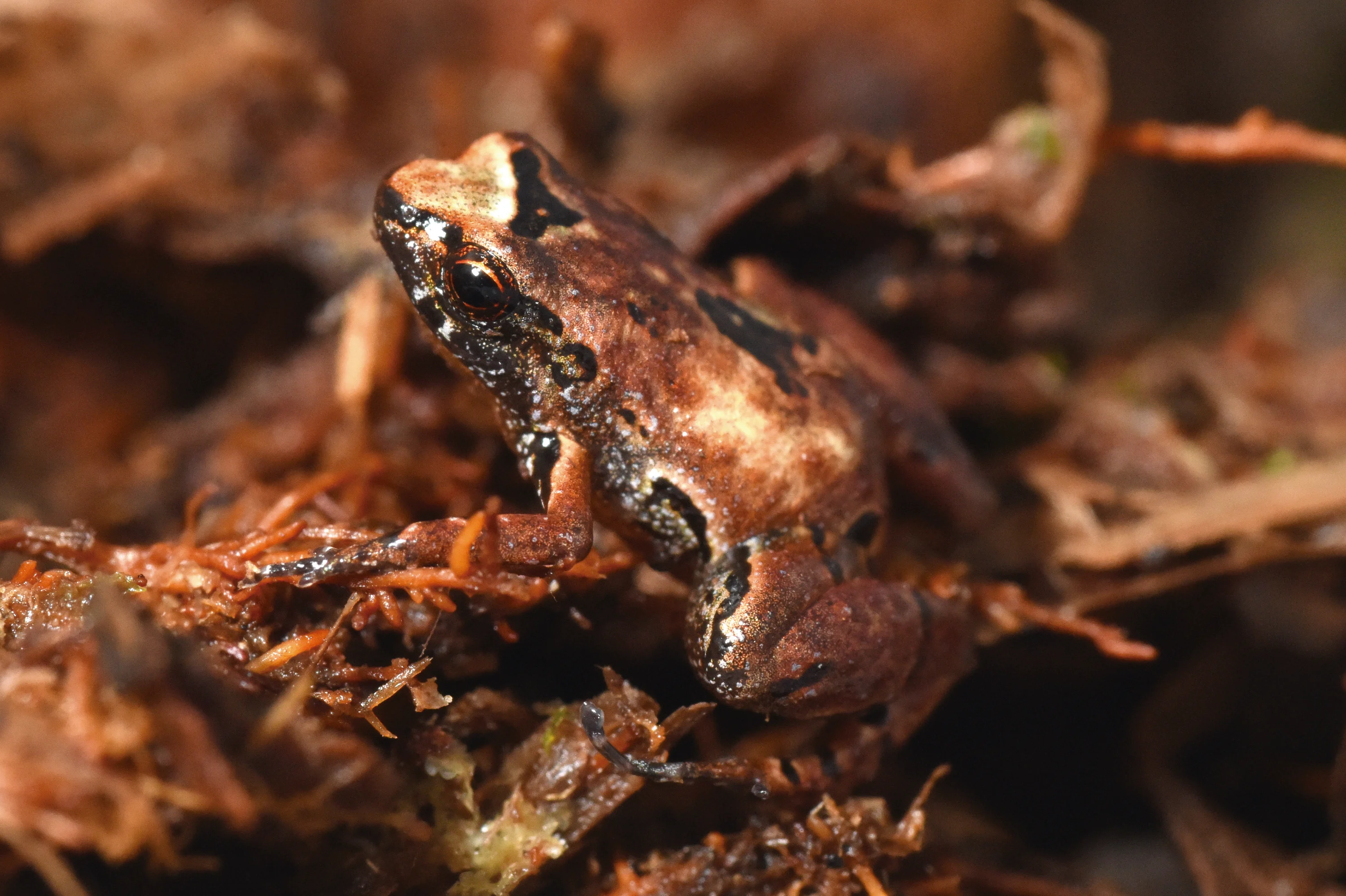
The lilliputian frog measures approximately 10 mm in length, which may make it the smallest amphibian in the Andes and among the smallest in the world. Credit: Steffen Reichle
Aside from the Zongo Valley’s spectacular biodiversity, Larsen explains that it is a critical source of hydropower for residents in La Paz. “This illustrates that many things people depend on for their survival are connected to nature. If we conserve the valley’s forests, that will limit erosion and prevent sediment from running off into the drinking water — or jamming hydropower dams that deliver electricity.”
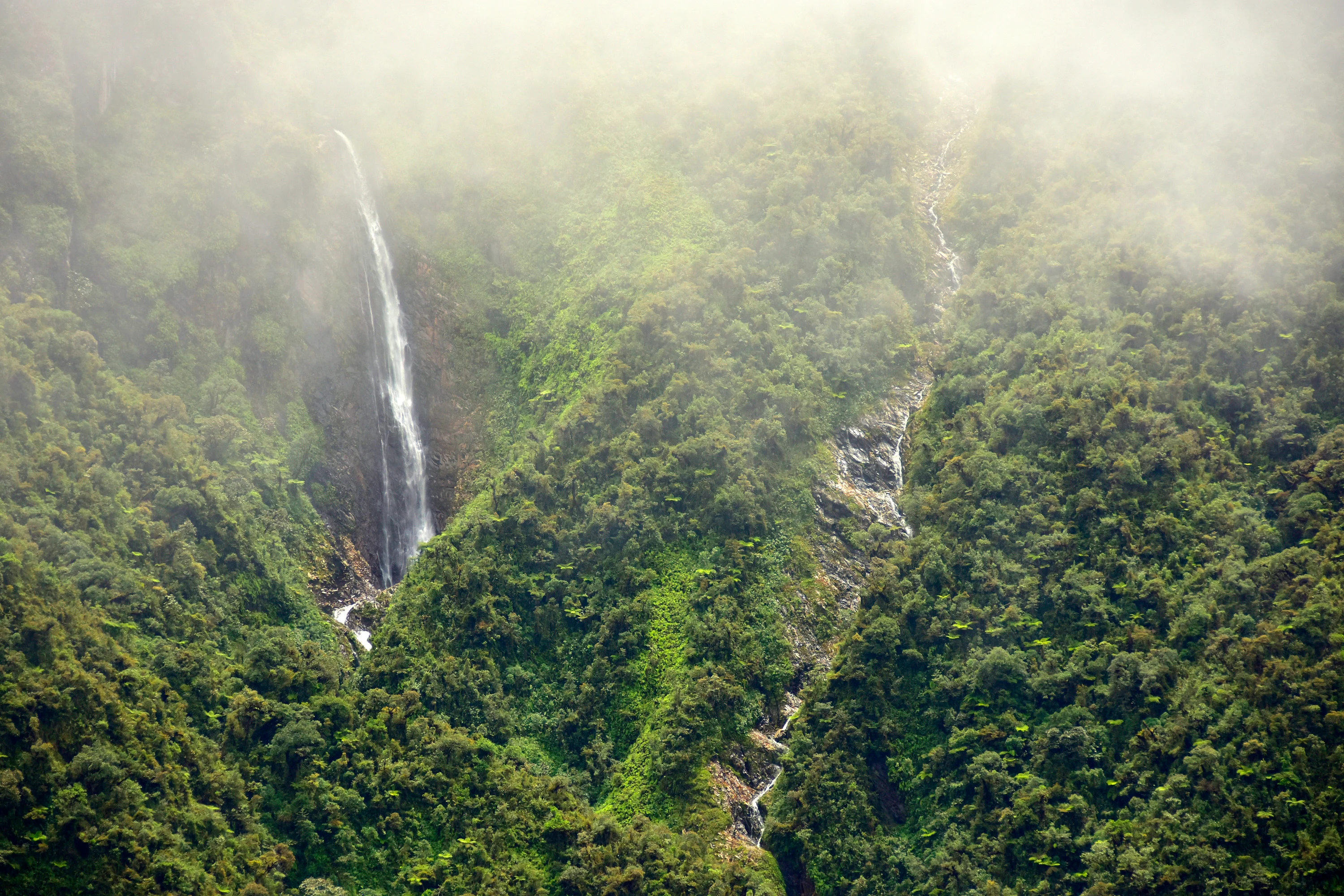
Cloud forest in Bolivia’s Zongo Valley. Credit: Trond Larsen
The expedition was part of Conservation International’s Rapid Assessment Program and the researchers say that their ultimate goal was to learn more about the ecosystem so conservation efforts can be implemented. The program plans to “help the people of La Paz create a municipal conservation area in the Zongo Valley, which will ensure the ecosystem — and the services it provides — are protected for the well-being of local communities and the country at large.
Thumbnail credit: Trond Larsen









